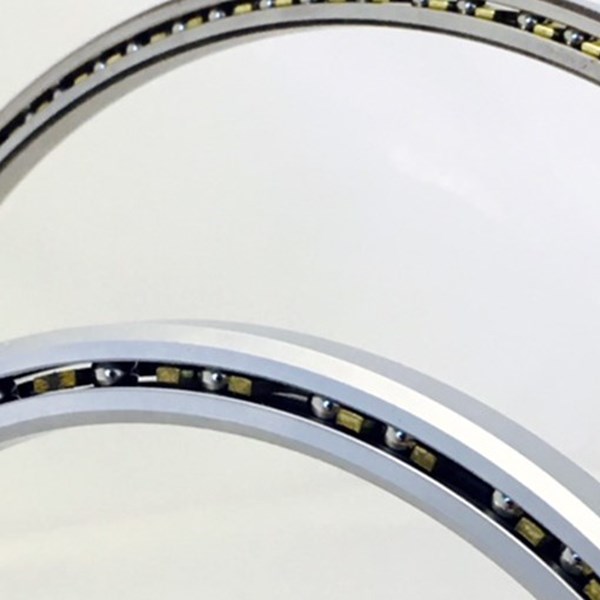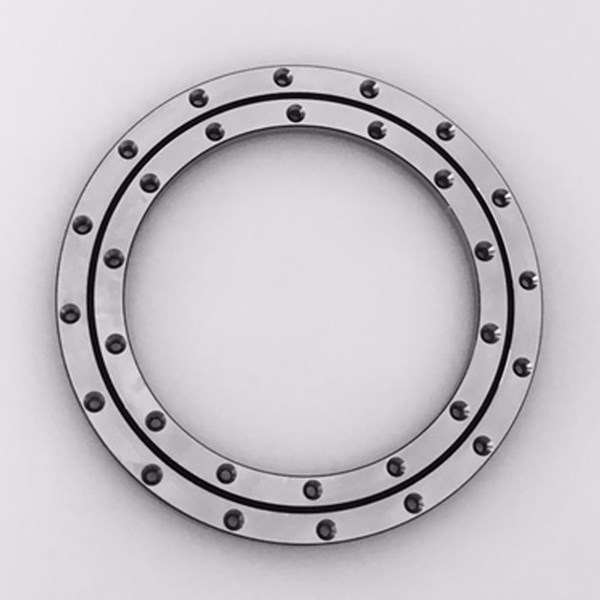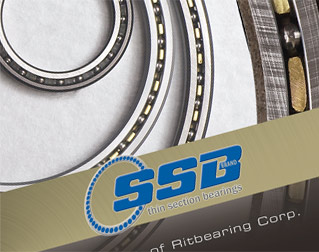When selecting bearings for an application, it’s always important to consider the different types of loads your parts will encounter during use. There are three main types of loads to contemplate:
- Radial
- Axial (also known as thrust)
- Moment
While radial and axial loads are perpendicular and parallel forces to the center axis of an object respectively, moment load is applied along the rotational axis. As such, moment loads are forces that can rotate the rings of your bearing if you don’t address them.
How Do Moment Loads Occur?
There are a few common scenarios that can lead to moment loads. If a design only has a single bearing, radial loads outside the center of the bearing ball will create a moment load. For example, a shaft with a bearing at the base can experience moment loads simply from the weight of the extending shaft. Certain systems may also add intermittent loads if additional weight is occasionally placed against the opposite end of the shaft.
While some systems can address moment loads with multiple bearings, others do not have that option due to either the design itself or space limitations. In these occasions, you’ll need to invest in bearings that can accommodate constant and intermittent moment loads to assure proper performance.
Which Thin Section Bearings are Best for Moment Loads?
Space limitations can make the process of addressing moment loads difficult, which is why thin section bearings can be a great solution. There are three different types of thin section bearings to consider:
- Type A – Angular contact thin section bearings
- Type C – Radial ball thin section bearings
- Type X – Four-point contact thin section bearings
If you’re planning to use a single bearing to account for moment loads, four-point contact thin section bearings offer the best load bearing capabilities. These bearings are made with a gothic archway that creates four points of contact between the balls in the bearing and the raceway. This design provides ample moment loading in a single, small package, making it a go-to option in many situations.
If you only need to accommodate light or moderate moment loads, radial ball thin section bearings are also a suitable choice – especially if you’re dealing with ample radial loads as well.
In general, Type A is not a great option for moment loads if you plan to use a single bearing. However, duplex Type A pairs are very capable of handling extreme moment loads if you’re less concerned about bearing size.
Invest in the Right Thin Section Bearings for Your Loading Needs
Every application offers specific challenges. Whether you’re dealing with moment loads, space constraints, or some other issue, SSB can help you identify a bearing solution tailored to your needs. Use our online product builder to select the parts you need or contact us today to talk to our experts about a custom thin section bearing solution for your application.








